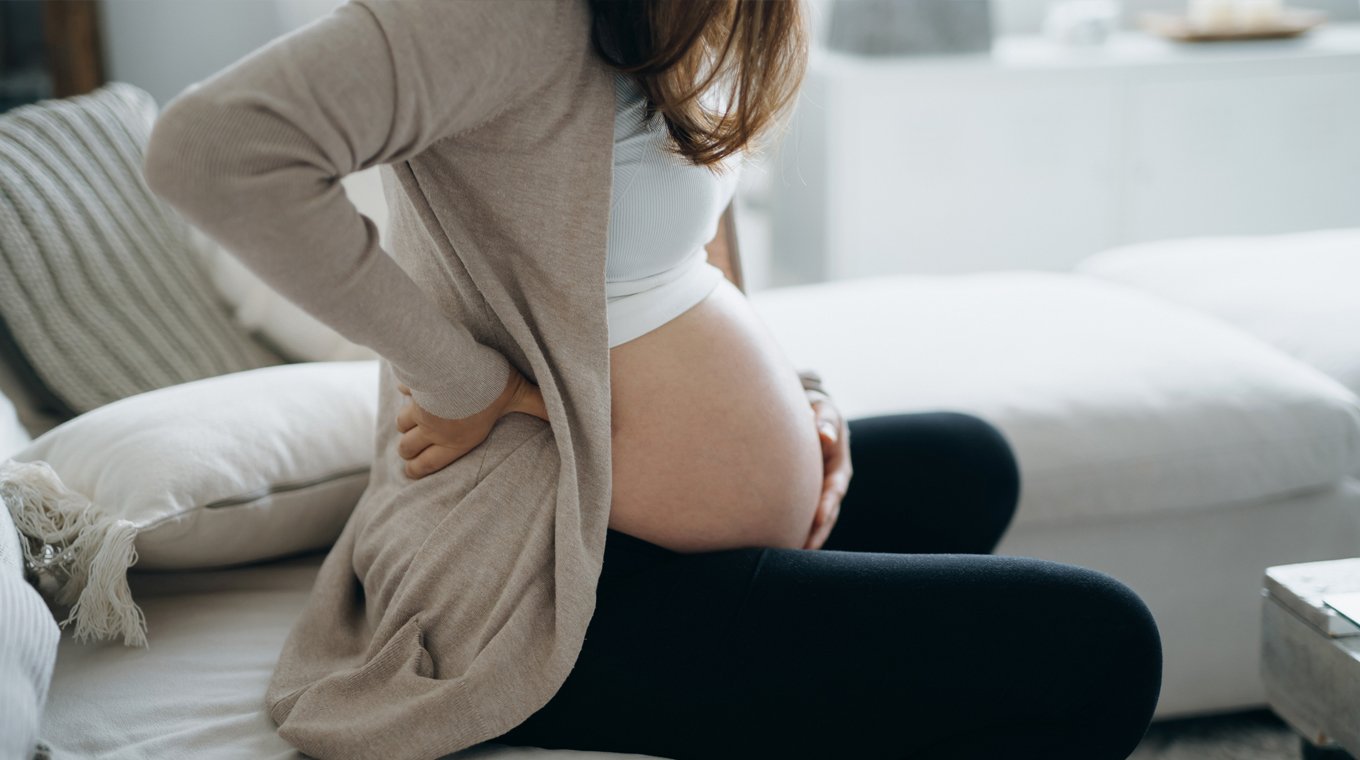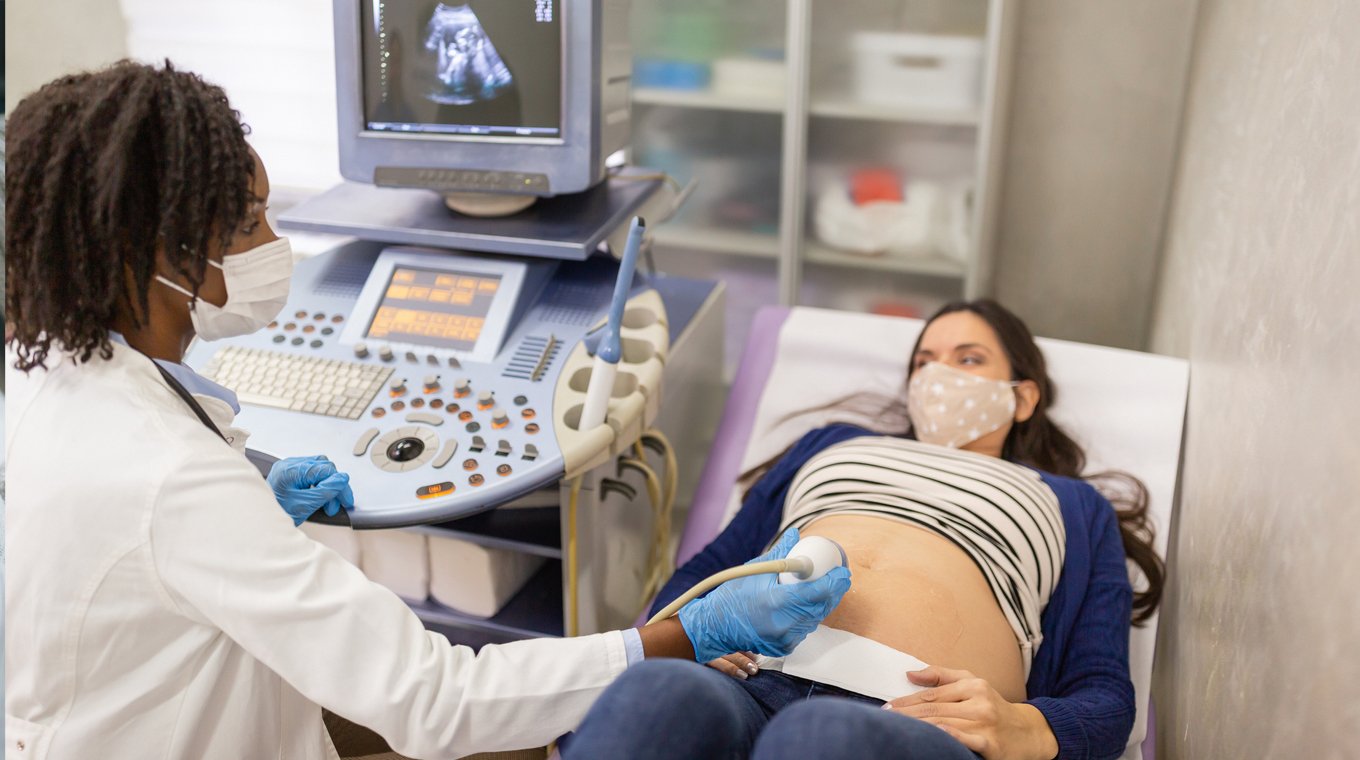In this article
For those facing a diagnosis of preeclampsia, what to do once diagnosed and understanding how it will be treated can feel overwhelming and scary. Preeclampsia — which occurs in 1 in 25 pregnancies in the United States — affects some pregnant people after the 20th week of pregnancy and can last through the postpartum period.
Keeping up with regular prenatal appointments and making note of changes you may experience week-by-week, is key to managing this pregnancy complication. Preeclampsia is marked by a combination of high blood pressure and a variety of signs and symptoms as noted below.
How to treat preeclampsia

Preeclampsia is diagnosed when, in addition to high blood pressure, a pregnant person presents with additional conditions such as kidney issues, low blood platelet count, protein in the urine, headaches, or vision problems. Other symptoms include water retention, swelling of the hands or face (edema), and rapid weight gain of more than two pounds in a week.
Risk factors for preeclampsia include previous preeclampsia, being pregnant with multiples, a history of hypertension, diabetes, kidney disease or an auto immune disorder. Timely treatments for preeclampsia offer relief for unpleasant symptoms and help prevent the onset of eclampsia, a critical condition that can prove life-threatening for mom and baby.
If preeclampsia is diagnosed, your doctor will monitor your condition closely to keep you and your baby safe and healthy. They may also treat it as follows:
- If you experience mild preeclampsia pre-term, or before the 37th week of pregnancy, your doctor might suggest bed rest at home.
- Your doctor might advise you to lie on your left side to prevent your baby's weight from falling onto significant blood vessels.
- A health care team member will check your blood pressure and urine samples frequently, possibly every couple of days.
- You might receive dietary advice to include more protein in your diet, reduce your salt intake and drink at least eight glasses of water each day.
- Your doctor might also perform tests such as fetal heart rate checks to monitor your baby's health, too.
Severe preeclampsia symptoms

"The good news," Dr. William Marc Boyd Jr. explained in his YouTube series, "is that most women do not develop severe preeclampsia, but for the specific women that do, knowing what to do; how it's diagnosed is of utmost importance."
"It's important to separate women who have chronic hypertension — that means elevated blood pressure prior to 20 weeks — and women that have elevated blood pressure of 160 over 110 after 20 weeks," added Boyd, who is a doctor of osteopathic medicine. "Once the diagnosis of severe preeclampsia is made we need to move forward with delivery. You should be in the hospital at this time."
If severe preeclampsia is diagnosed, your doctor may take the following measures:
- You may undergo blood tests to determine liver function and how effectively your blood can clot and receive medications to lower your blood pressure and prevent seizures.
- Your baby's health will be monitored via tests such as ultrasound.
- If you are more than 24 weeks pregnant, you might receive steroid injections to hasten the maturation of your baby's lungs in case urgent, premature delivery is required.
- If you experience severe preeclamptic symptoms when you are at term, or more than 37 weeks pregnant, your doctor might advise immediate delivery of your baby. If preeclamptic symptoms become critical when your pregnancy is pre-term, premature delivery might be the only way to safeguard the health of you and your baby. For example, urgent delivery might be required if tests show that your baby is not receiving enough oxygen or if you're experiencing fluid in the lungs.
Mild preeclampsia can rapidly become severe. Contact your doctor immediately if you experience nausea, vomiting, headaches, visual disturbances, light sensitivity, abdominal pain, shoulder pain, or shortness of breath. Severe preeclampsia can also induce feelings of confusion and anxiety. Treatment includes bed rest in the hospital and close monitoring by your health care team.
Postpartum preeclampsia: What to do?

Preeclamptic symptoms of hypertension and proteinuria usually resolve after delivery of the baby. In some instances, however, blood pressure can rise during the first few days after birth. Your doctor will continue to monitor your health because postpartum preeclampsia, which can develop up to six weeks after delivery, remains critical for the mother.
"I noticed the beginnings of extreme swelling in my legs and feet. By the following day, my feet had blown up so big, I couldn’t fit any of my shoes or socks, mom of three Faye McCray wrote on her blog. "Even more concerning, when I pressed into my feet with my fingers, they left deep imprints (I later learned this was pitting edema). The swelling was so bad I could feel my skin stretching.
Typically, postpartum preeclampsia is treated with blood pressure medication. Seizures can occur with preeclampsia, so your doctor may also recommend intravenous magnesium sulfate or benzodiazepines to eliminate seizures.
"I maxed out on two medications before finding the right combination, and was given IV rescue medications twice. At one point, my pressure was being checked every fifteen minutes," McCray recalled. "It was rough but I survived. In the end, I was diagnosed with atypical postpartum preeclampsia. My condition was atypical because I never showed signs in my blood or urine."
If you're experiencing any of the aforementioned symptoms of preeclampsia or have vision changes, severe headache, swollen extremeties, stomach pain or shortness of breath, it's important to see a healthcare provider right away.




